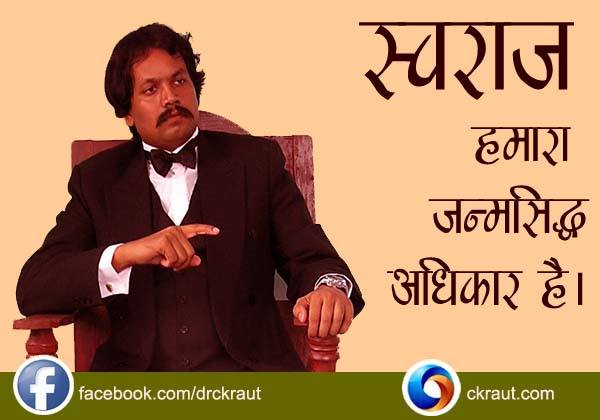 |
| English: Nitish Kumar (Photo credit: Wikipedia) |
(written for
Vishwa Sandesh)
I have been astounded by the process through which the
political parties in Nepal have allotted the seats that fell in their laps through the
proportional representation formula.
My impression is the way it is supposed to work is a
political party submits a list of candidates, and if it wins 10 seats for proportional representation, the first 10 names on the list get selected automatically. There is no room to play around with the list after the votes have been counted.
In Nepal’s case, since there is a major emphasis on inclusion, there should have been provisions like every third name on the list should be that of a female, every tenth name should be that of a dalit, every sixth name should be
Madhesi, every fifth name should be that of a
Janajati. For the regional parties like the Madhesi parties are, there would be emphasis also on the Muslims.
Instead the party presidents ended up having near total sway leading to major intra-party dissatisfactions.
There has been much talk of an inclusive democracy over the past few years. I believe 49% of all new entrants into the civil service will be coming through some sort of an inclusive formula. That is a decent arrangement whose pace might be quickened through a dramatic downsizing of the bureaucracy.
When you eliminate certain federal ministries and reduce the size of others, that creates room for the bureaucratic apparatus that needs to be set up at the state level. If the drama that has played out over the past few weeks ends up doing a repeat when the state level ministries are set up, it will not be fruitful. Meritocracy has to be the buzzword. Let the best candidates fill up the slots. That is what would be in the best interests of the people.
Federalism should not mean the regional political lords stuff up the to be built regional bureaucracies with their political cronies. That would be a disaster in the making.
A bright future for Nepal entails that the political parties play a smaller role in national life, and the party presidents have a smaller power base inside their political parties. The onus has to be on empowering the individual, the emphasis has to be on the private sector and the associated wealth creation and job creation.
The way the political party bosses were allowed to allocate their party’s PR seats is a bad sign. This is a sign the party bosses might again be more interested in forming and pulling down governments than in constitution writing.
I wonder how the proportional representation thing will play out in the constitution that will get written. First of all one hopes Nepal sure does not end up with 600
MPs. That is more than what
India and America have. For a small country that Nepal is 200 MPs would be more than enough. Add to that another 100 for the upper house and maybe that is what the politicos have in mind. Perhaps those 100 would be by the PR formula. But the lists will have to be finalized before the votes are cast, otherwise you end up with a sham PR system.
A political party builds and submits its list, to the Election Commission and to the public. The list has to meet the inclusion requirements for the DaMaJaMa. If a party might win 20 PR seats, the first 20 names on the list get selected automatically.
Party bosses allocating PR seats after the fact is not too different from when the king used to appoint the anchaladhish, the zonal commissioners.
Proportional representation is a good thought. It is a great way to make every vote count. And the inclusion formula is a great one. Nepal has seen too much social disparity over the centuries.
That same way of thinking has to percolate all the way to the local levels. Nitish in
Bihar has done a good job of including women at the panchayat level. He has engaged in some good social engineering. I think Nepal should learn.
Despite the uninspiring drama of the past few weeks, I hope the elected leaders in Nepal deliver a new constitution before 2014 is out.
The political process is by definition a messy process. No party boss in Nepal is a
Nitish Kumar, and that is the sad reality. But peace and constitution is not too much to ask for at this point.
A system is only as good as the people who run it. But there is also something called a political culture shift. And Nitish south of the border is proof one person can make a huge difference. For the longest time Bihar stayed the epitome of hopelessness. But it is now on its feet and running.
Once Nepal has a constitution and regular federal, state and local elections perhaps the process will throw up some worthy leaders who will work to give the country double digit growth rates. One hopes.


